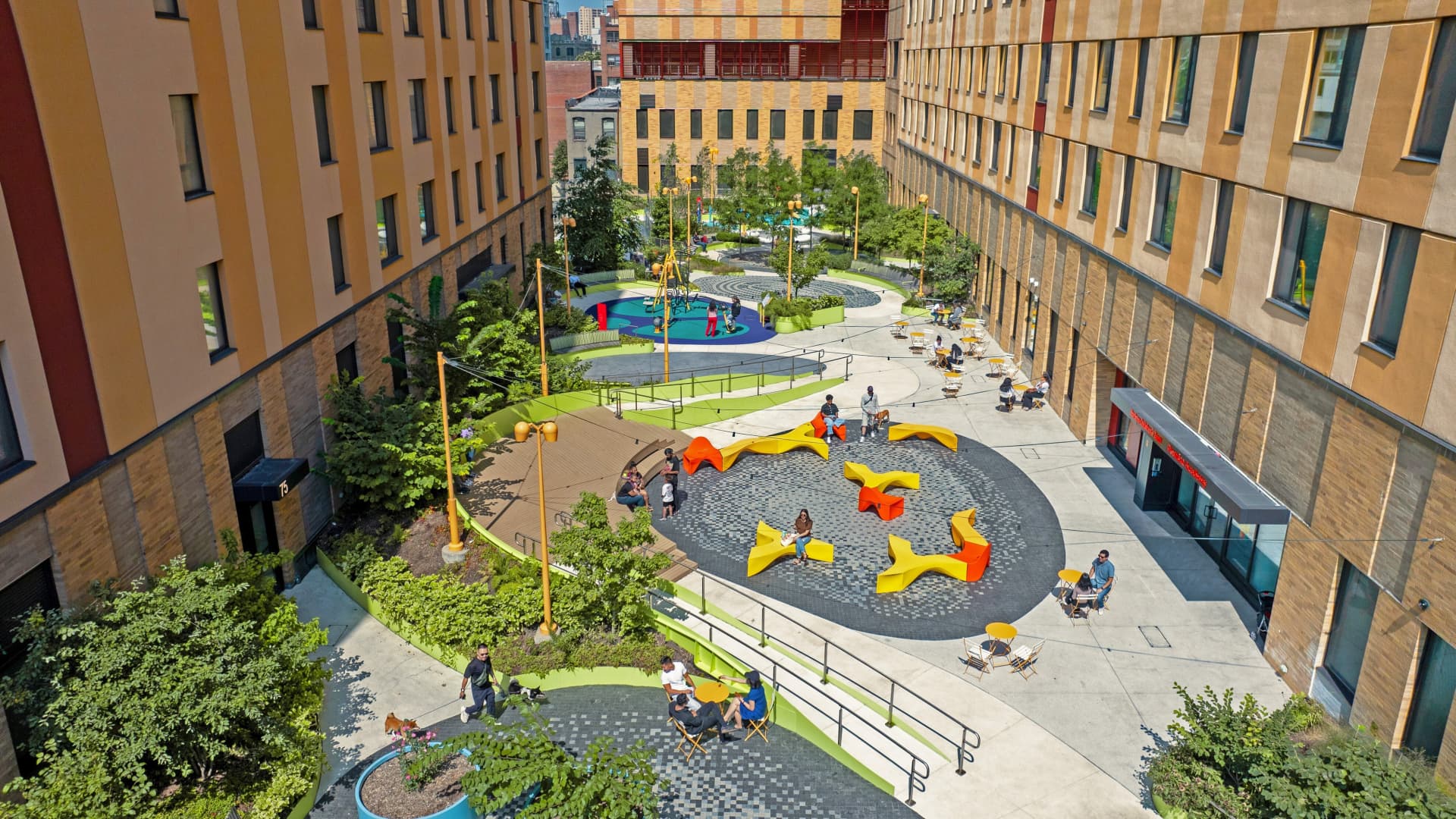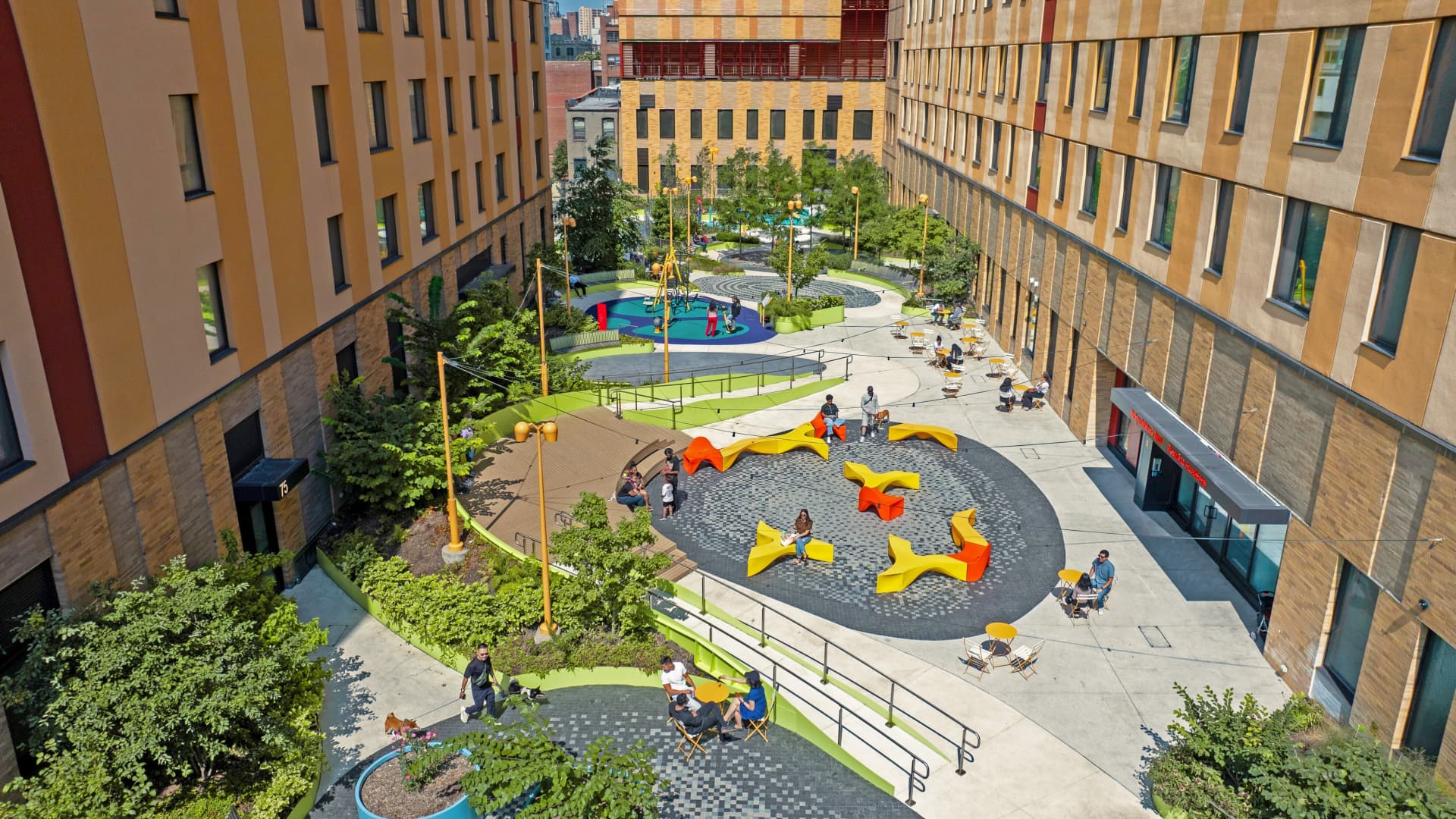The Evolving Landscape of Affordable Housing: Profitability, Challenges, and Opportunities
Introduction: A Shifting Paradigm in Housing
The affordable housing sector is undergoing a profound transformation. Once dismissed as a niche market with limited financial appeal, it is now emerging as a viable and attractive investment opportunity. This shift is driven by a combination of economic, social, and political factors that are reshaping the real estate landscape. As urbanization continues to accelerate and income inequality widens, the demand for affordable housing is surging. Simultaneously, innovative financing models and policy incentives are making it increasingly possible for developers to balance profitability with social impact. This report explores the dynamic landscape of affordable housing, highlighting the factors contributing to its growing profitability, the challenges developers face, and the innovative strategies that are paving the way for a more sustainable future.
The Profitability Equation: Balancing Purpose and Returns
Reframing the Narrative: Affordable Doesn’t Mean Unprofitable
The misconception that affordable housing is inherently unprofitable is being challenged by a new wave of developers and investors who are discovering creative ways to make these projects financially viable. The key to unlocking profitability lies in strategic financial planning, efficient resource allocation, and a willingness to explore alternative funding models. By adopting a holistic approach that considers both financial returns and social impact, developers can create projects that are not only affordable but also profitable.
The Role of Incentives: LIHTC and Beyond
Government incentives, particularly the Low-Income Housing Tax Credit (LIHTC), have been instrumental in driving the development of affordable housing. The LIHTC program provides developers with tax credits in exchange for setting aside a certain percentage of units for low-income residents. This incentive has been a game-changer, enabling developers to secure the necessary funding for their projects. However, as the demand for affordable housing continues to grow, developers are increasingly exploring alternative financing models to reduce their reliance on these credits.
Mixed-Income Developments: A Win-Win Strategy
One of the most effective strategies for making affordable housing projects financially viable is the development of mixed-income buildings. In these projects, a portion of the units are designated as affordable housing, while the remainder are offered at market rates. This approach allows developers to generate revenue from higher-priced units, offsetting the lower rents from affordable units and enhancing the overall financial viability of the project. Mixed-income developments not only make financial sense but also promote social integration and community cohesion.
Exploring Alternative Financing Models
Beyond tax credits, developers are finding other sources of capital to finance affordable housing projects. These include:
- Public-Private Partnerships: Collaborations between government entities and private developers can unlock funding and resources, allowing for the creation of large-scale affordable housing projects. These partnerships can also help streamline the regulatory process, making it easier for developers to navigate the complex web of zoning laws and building codes.
- Impact Investing: An increasing number of investors are seeking opportunities to generate both financial returns and positive social impact. Affordable housing aligns perfectly with this goal, attracting capital from impact investors who are willing to accept slightly lower returns in exchange for the social benefits of the project. This trend is being driven by a growing recognition of the importance of social responsibility in investment decisions.
- Philanthropic Funding: Foundations and non-profit organizations are also playing a crucial role in funding affordable housing initiatives. These organizations provide grants and low-interest loans to support development projects, helping to bridge the funding gap and make affordable housing more accessible.
The Challenges: Navigating the Complexities of Affordable Housing Development
Rising Costs and Economic Headwinds
Despite the growing potential for profitability, affordable housing developers face significant challenges. Rising construction costs, driven by factors such as material price increases and labor shortages, pose a major hurdle. Additionally, economic headwinds like higher interest rates can make financing projects more expensive, squeezing profit margins. These challenges require developers to be creative and resourceful in their approach to project financing and management.
Regulatory Barriers and Zoning Restrictions
Navigating the complex web of regulations and zoning restrictions can be a time-consuming and costly process. Many municipalities have restrictive zoning laws that limit the density of housing developments or prohibit the construction of multi-family housing in certain areas. These barriers can stifle the development of affordable housing and exacerbate the housing shortage. Developers must work closely with local governments to advocate for more flexible zoning laws and streamlined regulatory processes.
The NIMBY Effect: Overcoming Community Resistance
The “Not In My Backyard” (NIMBY) phenomenon remains a persistent obstacle to affordable housing development. Residents often oppose the construction of affordable housing in their neighborhoods, fearing that it will lower property values or increase crime rates. Overcoming this resistance requires effective community engagement, education, and a commitment to addressing residents’ concerns. Developers must be proactive in building relationships with local communities and demonstrating the benefits of affordable housing.
Stagnant Wages and Affordability Gaps
The fundamental challenge underlying the affordable housing crisis is the widening gap between wages and housing costs. As rents continue to rise while wages remain stagnant, more and more individuals and families are struggling to afford housing. This necessitates innovative solutions that address both the supply side (increasing the availability of affordable housing) and the demand side (increasing incomes and providing rental assistance). Developers must work with policymakers, community organizations, and other stakeholders to create comprehensive solutions that tackle the root causes of the affordability crisis.
Innovative Strategies: Building a Sustainable Future for Affordable Housing
Embracing Technology and Innovation
Technological advancements are transforming the construction industry, offering opportunities to reduce costs and improve efficiency. Modular construction, 3D printing, and other innovative building techniques can significantly shorten construction timelines and lower expenses. By embracing these technologies, developers can create affordable housing projects that are not only cost-effective but also high-quality and sustainable.
Sustainable Design and Energy Efficiency
Incorporating sustainable design principles and energy-efficient technologies into affordable housing projects can reduce operating costs and enhance the long-term affordability of the units. Energy-efficient appliances, solar panels, and other green building features can lower utility bills for residents, making housing more affordable over the long term. Additionally, sustainable design can improve the overall quality of life for residents by creating healthier and more comfortable living environments.
Community Land Trusts: A Model for Long-Term Affordability
Community land trusts (CLTs) are a model for preserving affordability in perpetuity. In a CLT, the land is owned by a non-profit organization, which leases the land to homeowners. This structure allows the CLT to control the resale price of the homes, ensuring that they remain affordable for future generations. CLTs not only provide affordable housing but also promote community ownership and empowerment.
Addressing the Social Determinants of Housing
Affordable housing is not just about providing shelter; it’s also about addressing the social determinants of health and well-being. Integrating social services, such as job training, childcare, and healthcare, into affordable housing developments can improve residents’ quality of life and promote economic mobility. By taking a holistic approach to affordable housing, developers can create projects that not only provide shelter but also support residents’ overall well-being.
Conclusion: A Call to Action
The affordable housing sector is at a critical juncture. While challenges persist, the growing recognition of its potential profitability and long-term stability presents a unique opportunity to address the housing crisis. By embracing innovative financing models, leveraging technology, and fostering collaboration between government, developers, and community organizations, we can create a sustainable future for affordable housing.
Investing in Our Future: A Path Forward
Investing in affordable housing is not just a matter of social responsibility; it’s an investment in our future. Affordable housing strengthens communities, improves public health, and promotes economic growth. By prioritizing affordable housing, we can create a more equitable and prosperous society for all. The time to act is now.












